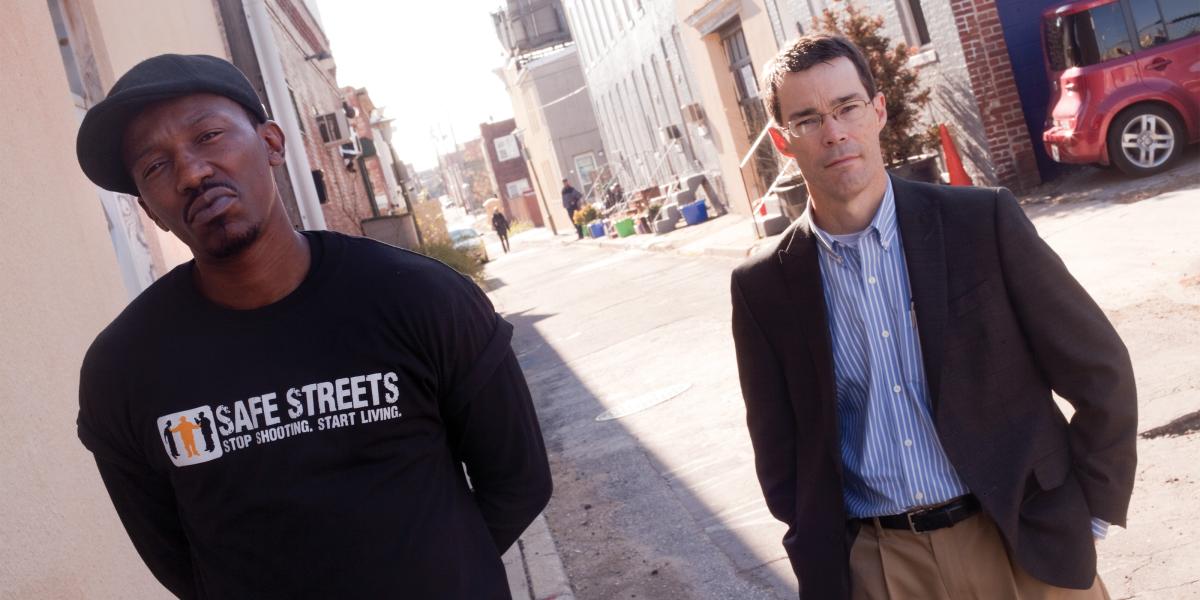Dialing Down Violence
It’s the kind of story you won’t see on The Wire.
A young gang member discovers he’s on another gang’s hit list and confides in a community worker. The worker arranges a meeting. It begins with a roomful of rivals, armed and angry. But it ends with two men, who might have been linked by a bullet, hugging each other with relief.
This mediation was among the first by Safe Streets, a Baltimore City program launched with guidance from Daniel Webster, ScD ’91, MPH, deputy director of the Johns Hopkins Center for the Prevention of Youth Violence (JHCPYV).
During 2007 and 2008, Safe Streets debuted in four of Baltimore’s most violent neighborhoods. Outreach workers, many of them former gang members, began developing relationships with high-risk youth and helping them get job training, build interview skills and—above all else—settle disputes without guns.
Through the first three and a half years of the program, Safe Streets achieved reductions in nonfatal shootings or homicides (or both) at every site. In Cherry Hill, homicides dropped 56 percent and shootings 34 percent.
Attitudes also changed dramatically. McElderry Park youth were four times more likely to express “little or no” support for using violence than those in a comparison neighborhood.
“People understand that violence begets violence,” Webster says. “In essence, these guys [are] looking for someone to come in and change the rules, to give them an excuse to walk away.”
Tard Carter, a veteran mediator who works the streets of East Baltimore, agrees, adding, “Poverty brings forth frustration. Frustration brings forth unwise decision making.”
He’s proud that four recent Safe Street graduates plan to apply to Baltimore’s Police Academy.
“Although I’ve studied gun violence and its prevention for 23 years,” Webster says, “it wasn’t until I started working with this program and … violence interrupters like Tard that I gained a deeper understanding of gun violence and the challenges faced by many urban youth.”
It’s an opportunity Webster tries to share by inviting Carter (among others) to lecture at Hopkins and join in public speaking engagements. The pairing works well, says Webster. His research can help show how Carter’s mediations are correlated with homicide reductions, while Carter’s stories validate Webster’s empirical findings.
Looking ahead, Webster is cautiously optimistic. New research projects include evaluating a similar program in New Orleans and launching a study of Baltimore’s underground gun market—both with Carter acting as a consultant. Safe Streets also recently opened a new site in the Park Heights neighborhood, with funding from a CDC grant. It represents JHCPYV’s first success garnering funds to bring Safe Streets’ skilled mediators into another high-need area.
And that may be the highest priority. The main thing Webster says he’s learned from this effort is “how important it is to get the right people and give all the credit to them.”
